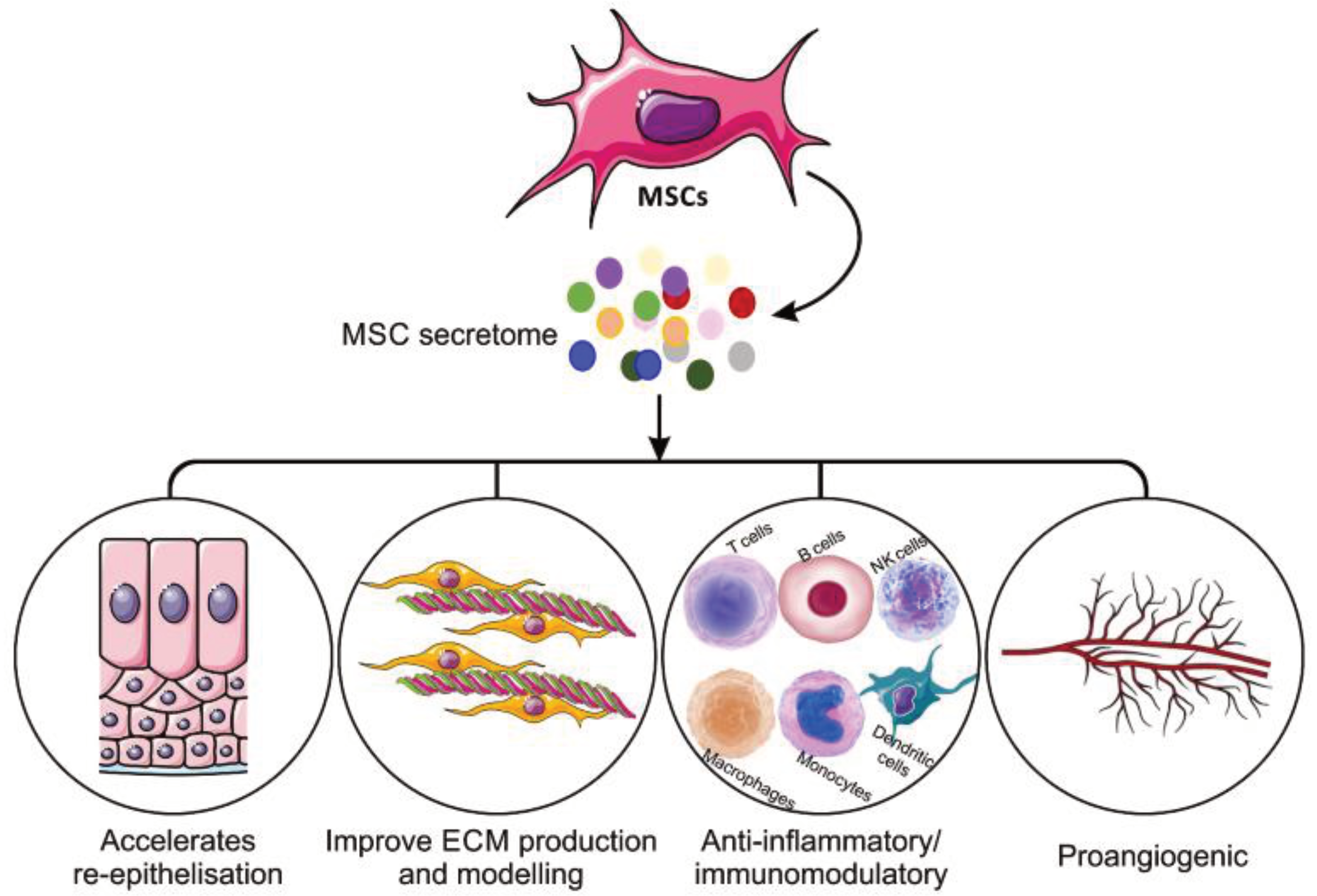No products in the cart.
Bioprotein has been identified as one of the main contents of Cellmax™. This bioprotein contains activated growth factors that support skin repair, regenerate cells, induce vascularizations and promote skin rejuvenation.
Bioprotein Content |
Function |
|---|---|
| Chemokines | Direct migration of white blood cells to damaged or ruptured tissues |
| Pro-inflammatory Cytokines | Regulate growth, cell activation, differentiation and homing of the immune cells to the sites of infection |
| Anti-inflammatory Cytokines | Control pro-inflammatory response |
Growth Factors |
|
| Fibroblast Growth Factor 2 (FGF2) | Prevents endothelial cells from undergoing cell death and promotes endothelial cell proliferation and angiogenesis |
| Transforming Growth Factor Beta 1 (TGFβ1) | Stimulating angiogenesis, fibroblast proliferation, collagen synthesis and deposition and remodeling of the new extracellular matrix |
| Vascular Endothelial Growth Factor A (VEGF A) | Stimulates wound healing through angiogenesis and promotes collagen deposition and epithelialization |
Learn how to use Cellmax™ Freeze Dried Powder and the application method
(For use by Healthcare Professionals only)
a) All previous dressing must be removed from the wounds. Then, follow a standard wound care procedure which include wound debridement
b) Wound debridement which includes removal of dead, necrotic material, slough, damaged, or infected tissue. This step is to ensure improvement of healing potential of the remaining healthy tissue. Removal may be surgical based on standard wound care technique.
c) Apply subcutaneous injection (SC) of Cellmax™:
- Subcutaneous means under the skin. In this type of injection, a short needle is used to inject Cellmax™ into the tissue layer between the skin and the muscle.
- Injection site is within 1.0 to 3.0mm from outer part of wound edge and at wound base/floor (centre of the wound).
- Number of SC injection is based on wound area (Refer Table 2). The injection site is approximately 0.5cm-1.0cm between every injection and it follows surrounding the wound edge and/or wound base.
- Volume (ml) of Cellmax™ used is based on the wound size area.
- Wound size can be measured by ‘area measurement’ as described in the table.
d) After completed the above procedure, the wound can be covered with secondary dressing adequately.
Preparation Method:
a) Freeze dried CellmaxTM (2ml vials) is to be mixed with 2ml Sodium Chloride solution for astandard dose for all patients. CellmaxTM is dissolved (in clear liquid form) with no sediment.
b) Application method is by subcutaneous injection to the wound edge and this procedure is carried out by trained medical personnel in a standard clinical facility.

